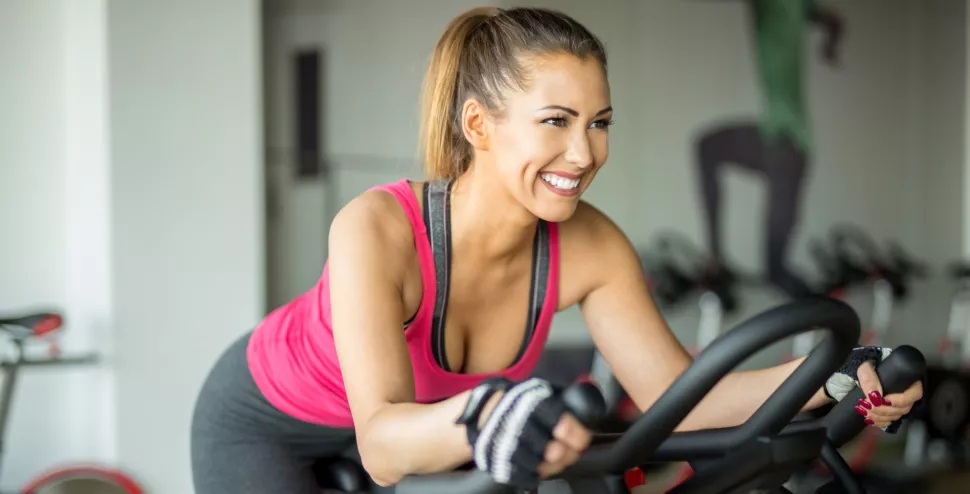
An exercise bike can be extremely beneficial for your health — here’s why
Whether you’ve just added one of the best exercise bikes to your home, or you’re kick-starting a new workout routine, get ready to reap the rewards. Exercise bikes are a popular piece of home gym equipment — they don’t need to be replaced constantly, and even if you opt for the likes of the Peloton Bike or the Peloton Bike Plus, the monthly subscription is cheaper than most gym memberships. Plus, you can even pedal whilst watching television. But what are the benefits of regular cycling, and are exercise bikes good for weight loss?
For those who are looking to lose weight, you should aim for 30 minutes of moderate-intensity cardio activity at least five days per week, or at least 25 minutes of vigorous aerobic activity three days per week. If you’re looking to increase muscle, you should keep to around three days of HIIT a week, but focus on shorter and even more high-intensity sessions.
The bike will help to work particular muscles and can be beneficial for several parts of your body and health system. But, there are also things to keep an eye out for. We spoke with Physical Therapist Anthony Maritato, of Choose PT 1st(opens in new tab), to find out exactly what 30 minutes on an exercise bike does to your body.
What muscles do you work on an exercise bike?
“When it comes to riding an exercise bike the main muscle groups you are working include the quadriceps, hamstrings, and gluteals,” says Maritato.
The quadriceps are the four main muscles on the front of your upper leg. This group includes the rectus femoris, the vastus lateralis, the vastus intermedius, and the vastus medialis muscles.
The hamstrings are the muscles behind the upper leg and include the semitendinosus, semimembranosus, and biceps femoris muscles.
The gluteals are the powerhouse muscle group of the hip. This is often referred to as the buttock and includes gluteus maximus, gluteus medius, and gluteus minimus.
When cycling with the correct form, you can also work the abs. Plus, a recent study(opens in new tab) found that “stationary cycling exercise relieves pain and improves sport function in individuals with knee osteoarthritis,” so it might even be a safer choice than other forms of cardio for those suffering from knee pain.